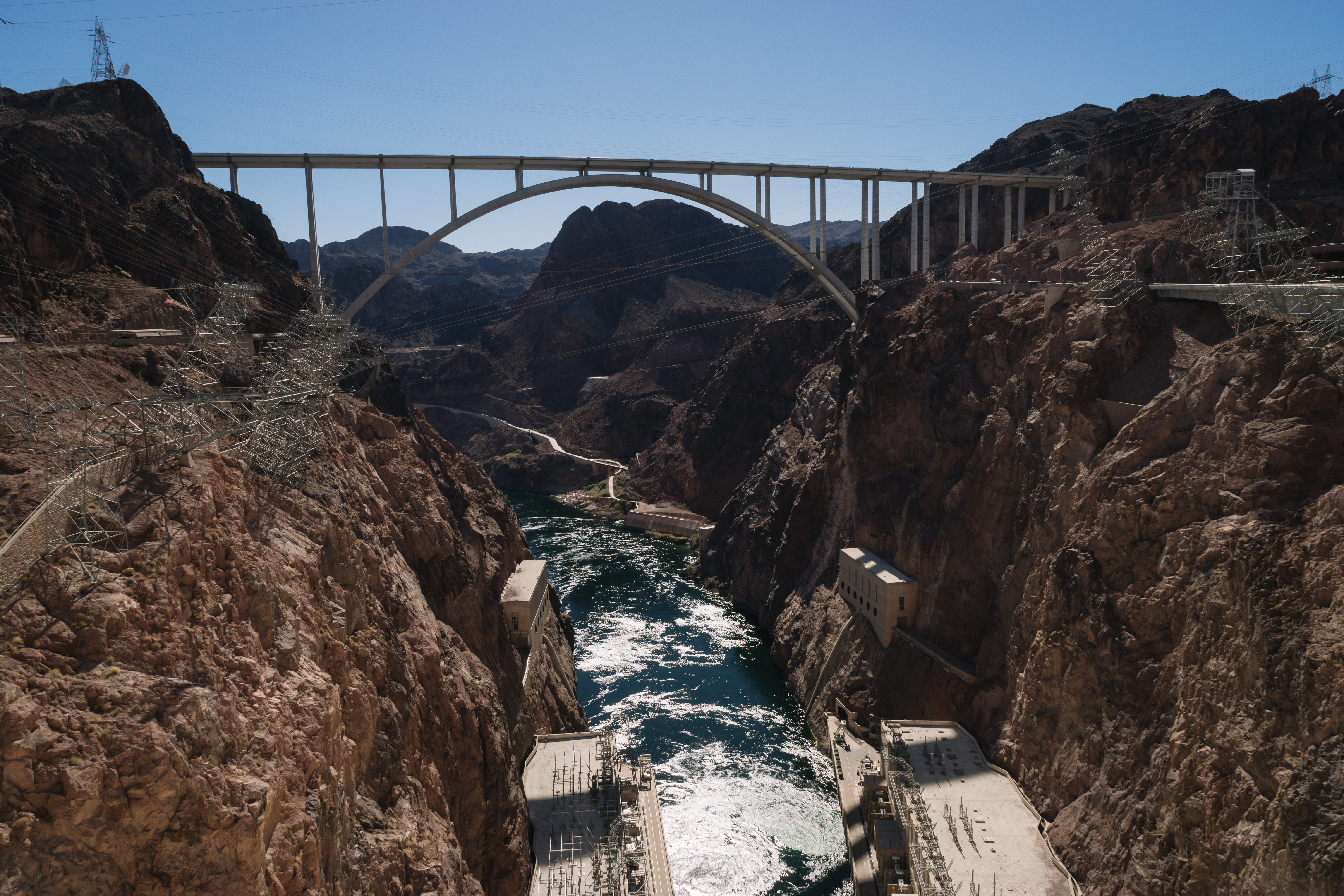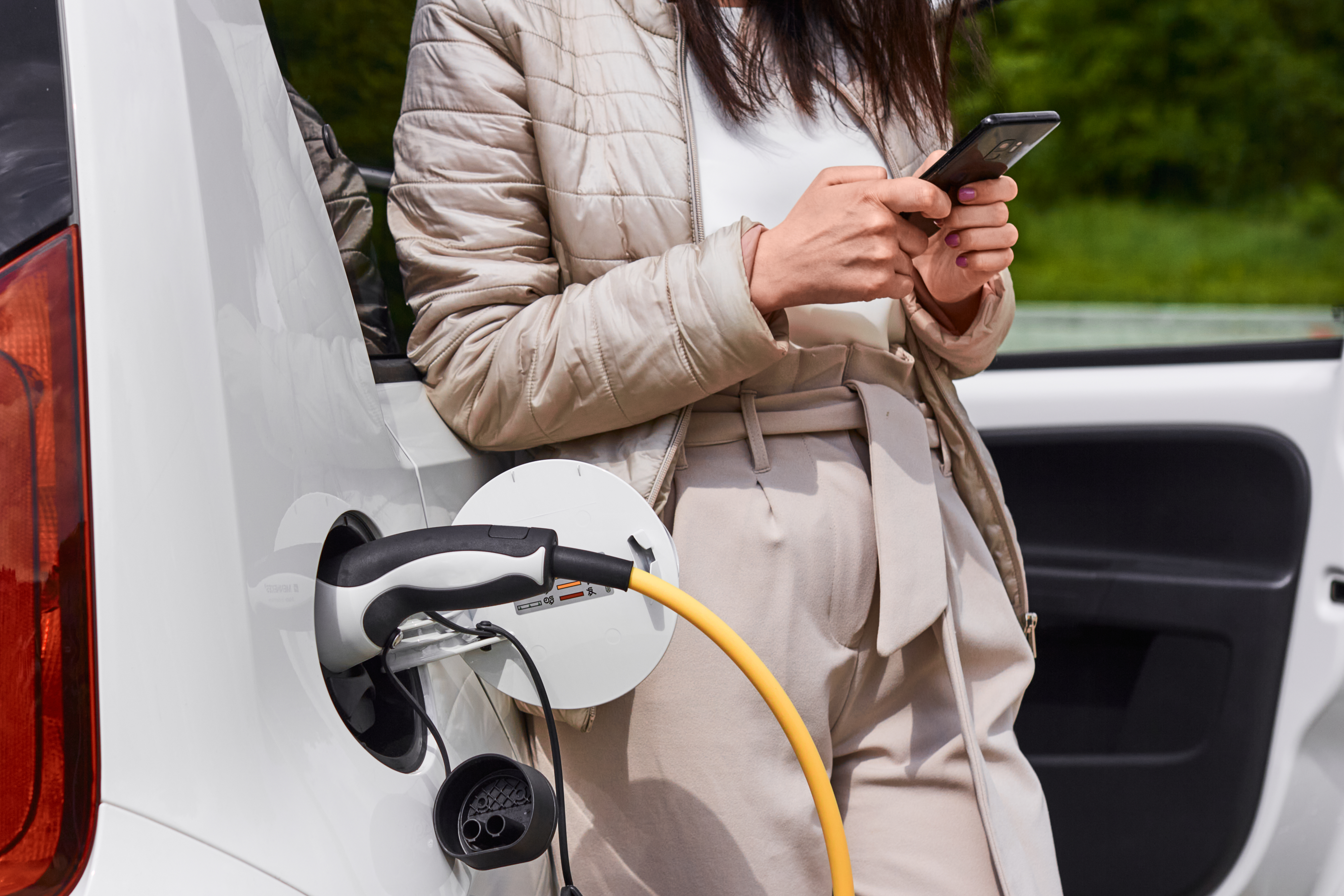This article by Smart Cities Dive outlines new programs and initiatives that officials hope will help The Silver State reach its goal of carbon-free resources by 2050. Learn how powering your home with the sun can be good for you and the planet by visiting Panasonic's Green Living blog, or talk with a Panasonic authorized installer to get all your questions answered.
Dive Brief:
- The Nevada legislature on Monday approved a sweeping clean energy bill that aims to accelerate construction of a massive transmission project, increase spending on electric vehicle infrastructure and require that the state join a regional transmission organization (RTO) by 2030.
- Senate Bill 448 puts legislative backing behind the planned $2 billion "Greenlink Nevada" transmission upgrade, which would construct two new 525-kilovolt transmission lines that would essentially link the entire state. Under the legislation, utility NV Energy would have to complete construction of the project by the start of 2029, earlier than the planned 2031 completion date.
- SB 448 passed the state assembly in a 32-10 vote after passing the Senate unanimously. After a second Senate vote, the bill will go to the desk of Gov. Steve Sisolak, D, who is expected to sign it.
Dive Insight:
SB 448, introduced by state Sen. Chris Brooks, a Democrat from Las Vegas, advances Nevada's goal to reach 100% carbon-free resources by 2050, set in a 2019 bill that also raised the state's Renewable Portfolio Standard to 50% by 2030. The new bill goes further, requiring utilities to forecast a path to achieve an 80% reduction in carbon dioxide emissions from 2005 levels by the end of the decade.
A crucial piece of that bill is the accelerated construction of the Greenlink Nevada project, anchored by more than 600 miles of new transmission lines connecting the western part of the state to the East and to Las Vegas. The new lines would effectively create a transmission triangle that would connect population centers to open areas with significant potential for geothermal and solar energy production.
Although the Greenlink West line, connecting Reno to Yerington to Las Vegas, was approved for construction by the Public Utilities Commission in March, the second Greenlink North line was only approved for permitting, amid concerns from the gaming and resort industry that the project would raise customer costs. SB 448 puts the weight of the legislature behind construction.
"This could give Nevada access to huge amounts of renewables that are currently not able to reach the grid because of transmission constraints," said Cameron Dyer, a Nevada-based staff attorney for Western Resource Advocates. "This is the only path forward to a fully decarbonized Nevada."
The bill also sets Nevada on a path toward joining a competitive wholesale energy market with other western states, creating an 18-member task force to examine the steps Nevada would need to participate in an RTO. Although the bill sets a requirement to join an RTO by 2030, there are options to delay or bypass that requirement.
Clean energy advocates highlighted the RTO language, saying in a letter that joining one would help Nevada play a "leading role in the design of the market that offers the most benefits to the state's economy and economic recovery."
"Modernizing Nevada's energy system through strengthened interstate cooperation will benefit ratepayers with lower costs and increased reliability, while maximizing the performance of the electric grid system-wide, allowing for higher levels of renewable energy integration to cost-effectively meet state decarbonization goals, and stimulating the economy," said the supporters, including Google, EDF Renewables, Enel, and several conservation groups.
Additionally, the bill requires NV Energy to file a plan by September 2021 to invest $100 million in electric vehicle infrastructure, including charging stations along interstate highways, at outdoor recreation spots and in urban areas where people may not be able to charge vehicles at home. At least 40% of that infrastructure would have to be located in, or benefit, traditionally underserved communities.
Energy storage facilities would see financial assistance in the form of an expanded renewable energy tax abatement program, which currently offers reductions in sales and use taxes and property taxes to certain renewable energy plants. The bill would also allow owners of apartments, multi-family homes and commercial buildings to take advantage of the net metering program for rooftop solar, potentially expanding the state's residential solar rollout.
NV Energy has supported the bill. In an email, Jennifer Schuricht, a spokesperson for the utility, said the bill "will transform Nevada's clean energy landscape, create thousands of good paying jobs and ensure Nevada's underserved and low-income communities benefit from this energy transformation."
This article was written by Jason Plautz from Smart Cities Dive and was legally licensed through the Industry Dive publisher network. Please direct all licensing questions to legal@industrydive.com.





